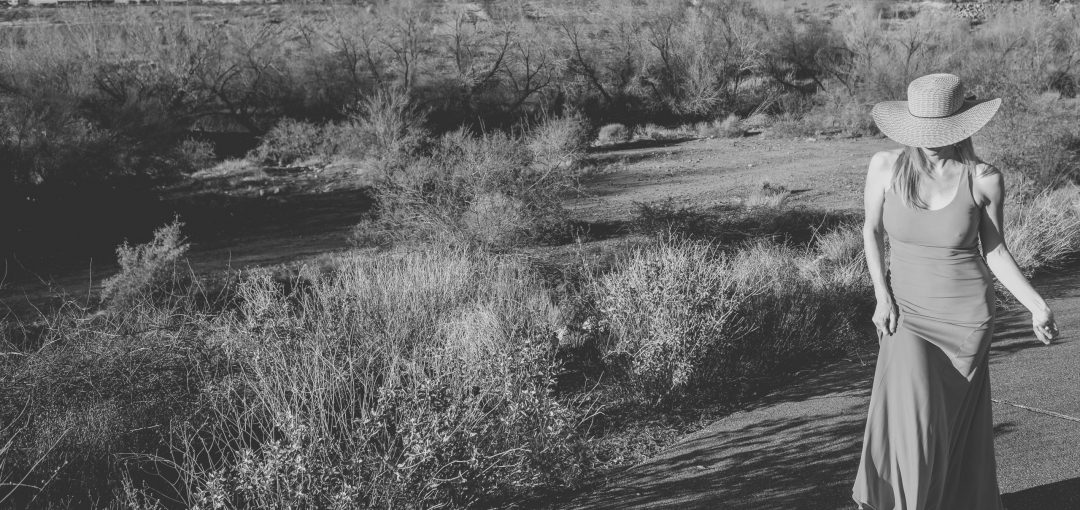Life would be black and white with no designs.
Quotations by Amphitheater Middle School students in Tucson, Arizona
When you’re cleaning, music lightens the load.
It’s something my brothers and I like. We relax with music.
Moving helps me express myself.
What if I couldn’t draw? I would explode! I have so many ideas!
Students are asking for it, so why would we shut down school arts programs anywhere in this great US of A? With all the attention to different learning styles and types of intelligence, it seems we would want to listen more to our own students and provide what they already prefer in their natural order of living. These quotes illustrate how young people make sense of their world through creative acts and how much they appreciate the artistic expression of others.
I have noticed, that depending on the amount of access to arts education, students exhibit more or less intrinsic motivation. Observe high school students in an advanced drama class, and stay for the beginning drama class afterward. What do you notice? What differences are there? In the advanced class, you might notice that students are willing to step out into open terrain and risk making fools of themselves. Beginning students, on the other hand, show trepidation because they might lose face in front of others. If training in the dramatic arts can impact students so strongly, how could it apply to students in the classroom, or in the long run, the boardroom? Does bravery equate to high intrinsic motivation? I think so. Bravery is encouraged through prior success.
A clear desire for learning is demonstrated through a willingness to tell the truth. When teachers get beyond the task of convincing students to commit effort in order to learn preliminary facts, they can guide students to explore the subject matter. Creative processes through the arts assist students in telling stories in their own words. To this end, teaching artists encourage students to discover a flow state when engaged in a task, in which there is no judgment about their creative output. Questions follow within this laboratory setting, feedback is given, and students reset their own goals before they launch into the next experiment. Students build trust with their teachers, their peers, and themselves. These relationships form an essential part in helping students envision their own success.
If intrinsic motivation increases in students who study the arts, then perhaps a broader menu of arts disciplines should exist in the public schools. Most people agree, we should reach as many students as possible. They don’t all like the same things, so we need to provide a variety. Whether or not you have a school-age kid, you might ask, what is the arts curriculum of your neighborhood elementary school? How are student test scores? How is the school environment? When choosing a school, these are important questions. Many parents choose their neighborhood based on these factors. However, many other parents tend to go where the rent is cheap enough. Certainly, after-school programs can address the lack of arts programming, but should not be required to carry all the weight. Imagine the connections students can make between arts disciplines when a school offers a variety of courses. Actors, dancers, and film students could devise a fascinating film together, and spell out dreams for the future.
Charter and private schools offer arts programs to be more competitive and public schools must serve everyone who knocks at their doors. Yet, both institutions should have an interest in arts education and create long term goals to expand their arts curriculum. Kids are well aware of how much life would suck without the arts. Let’s not disappoint them.
